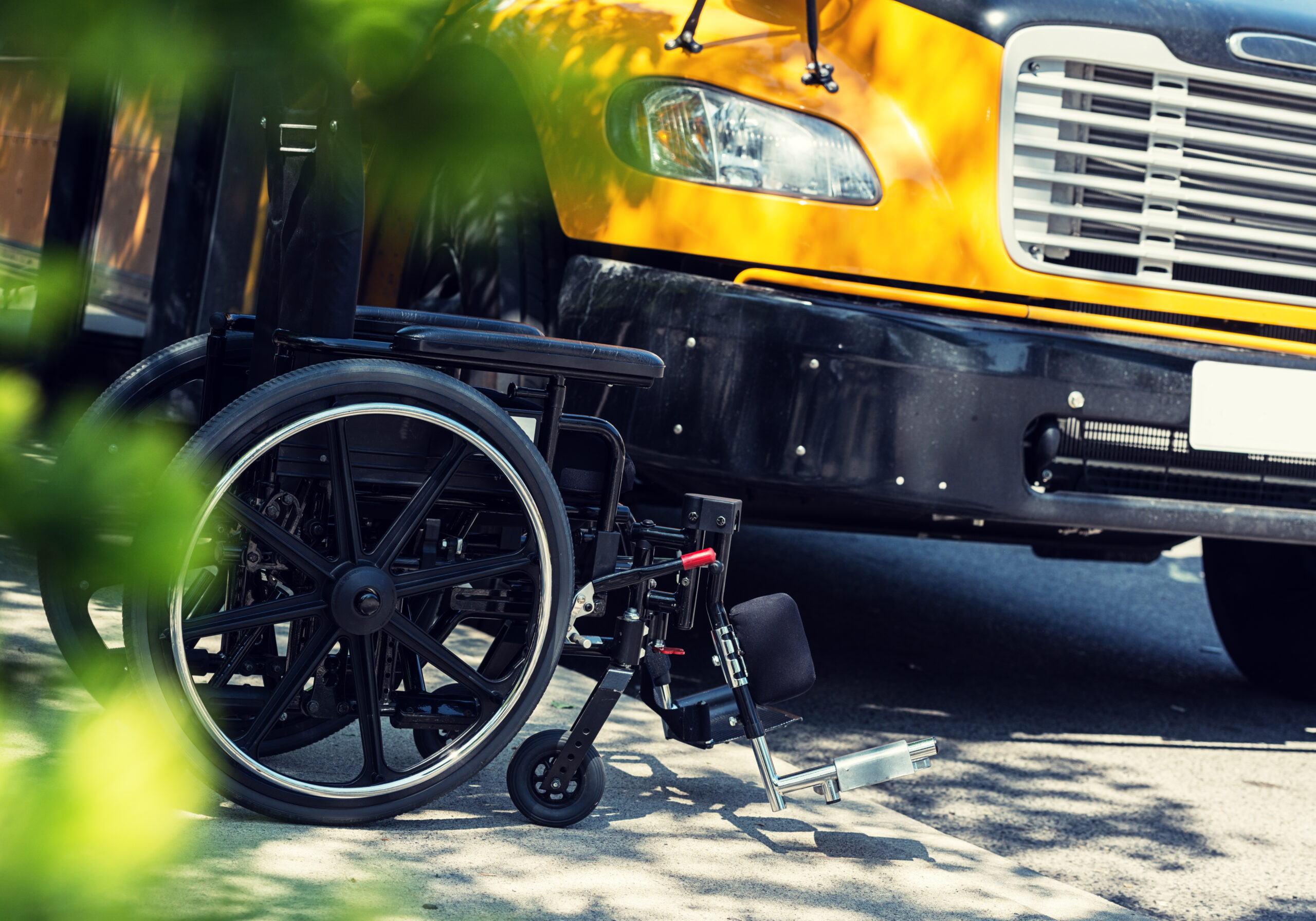
The onset of COVID-19 brought about an unanticipated rapid request for assistance, regarding the provision of related-service transportation for children with disabilities under pandemic circumstance. Instantaneously, this became a hot topic for transportation and special education personnel. How to address transportation for these children with disabilities with Individualized Education Programs (IEPs) continues to remain a challenge. There was no established precedent for providing special needs transportation under a pandemic environment. School districts remain, in part, at a loss about how to transport these at-risk children. It became evident that no current policies or procedures were in place to tackle the provision of the related-service transportation under a pandemic. Years of established ridership on school buses across our nation came to an abrupt halt.
As early as May 2020, I was requested by the Maryland State Department of Education’s (MSDE), Assistant State Superintendent for the Division of Early Intervention, and Special Education to think about transportation’s role in recovery planning in Maryland. The need to develop a roadmap, to provide thoughtful guidance about transportation as a related service under these unforeseeable circumstances, was beginning to evolve. I was unable to attain answers for the copious number of questions raised.
Proactively, the first attempt to address these questions was the MSDE development of the transportation for students chart, addressing four specific areas:
- Transportation when a related service was written on the IEP (regular bus)
- Transportation when a related service was written on the IEP (children with special needs on the regular bus route or in approved alternative vehicle)
- Transportation not a current related service in a child’s IEP
- Transportation IDEA & Section 504 related service requirements applicable under COVID-19
This framework was one of the earliest attempts to address transportation as related under pandemic circumstances. More detailed information can be found on the NAPT website www.napt.org, in the Resources section, within the report Student Transportation Aligned for Return to School (STARTS). This report also addresses a reopening plan for school transportation professionals and focuses on 27 core guidelines for special needs in four topic areas. These four areas can provide a foundation for incorporating updated policies and procedures to include COVID-19.
The pandemic has drastically impacted transportation for children with disabilities, and continues to do so. It is essential that school districts address (in a timely fashion) the need for well-written policies and procedures to operate efficiently and effectively, and have in place a defensible system of accountability under pandemic situations. The importance of protecting school districts from faulty decision-making and noncompliance is a reality and should be addressed now.
Typically, policies are commonly defined as parameters for decision-making. It can be said that policies address “why” specific action(s) are required. On the other hand, procedures address and focus on the “how.” They define and delineate the steps needed to accomplish a specified task. Consequences and unforeseen risks can occur unexpectedly under COVID-19. This validates the reason and value for expediously updating transporting policies and procedures for children with disabilities.
Below is consideration for reviewing, updating, and revising school district transportation policies and procedures for children with disabilities:
- Be clear.
- Be concise.
- Provide the rationale for a specific policy or procedure.
- Provide a logical framework and justification for a policy or procedures existence.
- Policy and procedure updates should include input from appropriate stakeholders.
- Disseminate policy and procedure updates on a regularly scheduled basis.
- Acknowledge responsibilities and responsible parties including school district transportation and special education and related service staff, IEP team members, drivers, and attendants.
The following websites, available at no cost, can be of assistance when updating transportation policies and procedures: Centers for Disease Control and Prevention (cdc.gov), American Academy of Pediatrics (aap.org) and the U.S. Department of Education’s (Department) Office of Special Education and Rehabilitative Services (www2.ed.gov).
In summary, policies and procedures support the provision of safe transportation for children with disabilities. They promote and enhance consistency and accountability. Updating policies and procedures should be a collaborative, inclusive and transparent process. They should never lag transportation daily operations and should reflect actual service delivery practices. Up-to-date policies and procedures are core to the well-being of a school district’s transportation services for children with disabilities.
Linda F. Bluth, Ed.D (linda.bluth@napt.org) is one of the nation’s foremost experts on special needs transportation. She currently serves as Special Needs Transportation Consultant for the National Association for Pupil Transportation® (NAPT).


